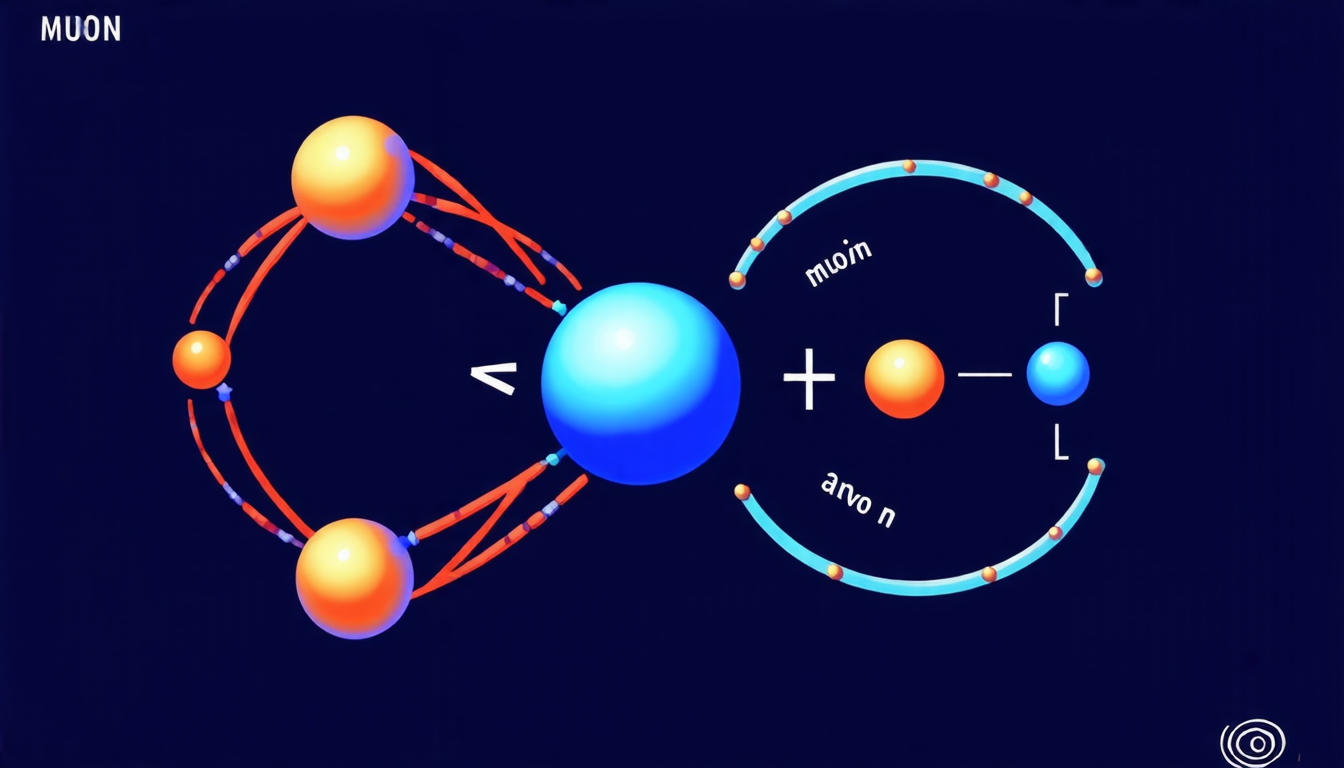Saturday 05 April 2025
Scientists have made a significant breakthrough in their quest to create a powerful tool for studying the fundamental nature of matter and the universe. A team of researchers has successfully designed a high-repetition-rate electron beam that can produce a large number of muons, which are subatomic particles that interact with atomic nuclei.
The team’s achievement is significant because muons have unique properties that make them ideal for studying the properties of materials at the atomic level. For example, when muons decay, they emit radiation that can be detected and analyzed to determine the structure and composition of materials. This technique has been used to study a wide range of materials, from superconductors to biological molecules.
The high-repetition-rate electron beam is designed to produce a large number of muons in a short period of time. This allows for more detailed studies of the properties of materials and can potentially lead to new discoveries and applications. The team’s design uses a novel approach that combines advanced computer simulations with experimental techniques to optimize the production of muons.
One of the key challenges in creating high-repetition-rate electron beams is managing the heat generated by the intense radiation produced by the beam. The team has developed innovative solutions to this problem, including the use of advanced cooling systems and specialized materials that can withstand the extreme conditions created by the beam.
The team’s achievement is not only significant for fundamental research but also has practical applications in fields such as medicine, energy production, and materials science. For example, muons can be used to study the properties of biological molecules and cells, which could lead to new insights into diseases and potential treatments. Muons can also be used to study the properties of materials used in energy production, such as superconductors and nuclear reactors.
The team’s design is a major step forward in the development of high-repetition-rate electron beams and has the potential to revolutionize our understanding of the fundamental nature of matter and the universe. The achievement is a testament to the power of collaboration and innovation in scientific research and has far-reaching implications for many fields of study.
Cite this article: “Revolutionizing Muon Physics: A Novel High-Intensity Muon Source Based on Pulsed Electron Beams”, The Science Archive, 2025.
Muons, Electron Beam, High-Repetition-Rate, Subatomic Particles, Atomic Nuclei, Radiation Detection, Material Properties, Superconductors, Biological Molecules, Scientific Research







